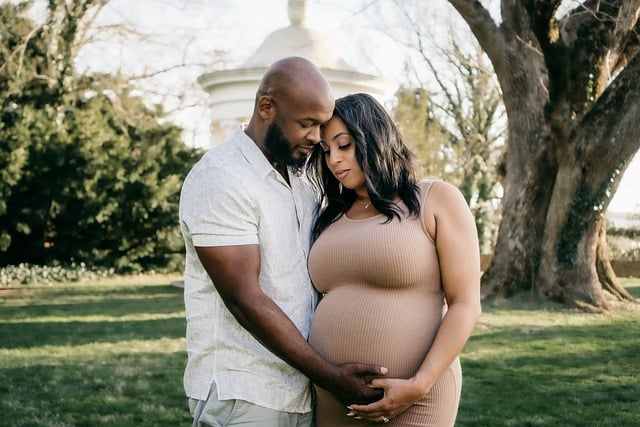Thinking about stopping your contraception or have you already made the leap? If you’re gearing up for conception, you might be wondering how long it takes for ovulation to kick back in. The delay largely depends on the type of contraception you were using, as various methods operate differently.
Understanding Different Contraceptive Methods
For instance, barrier methods like condoms don’t impact ovulation since they simply prevent sperm from reaching the uterus. Therefore, if you’ve relied on this approach, expect no delay in your ovulation once you stop.
Natural Family Planning also keeps ovulation intact. This method involves tracking your menstrual cycle along with observing changes in cervical mucus and using ovulation tests to pinpoint fertile windows.
On the other hand, an Intrauterine Device (IUD), such as the copper coil, primarily releases copper ions that create a hostile environment for sperm, but it doesn’t hinder ovulation itself. So, you’re good to go there!
Hormonal birth control methods, such as the pill, patch, and intrauterine systems (like the Mirena coil), disrupt your regular hormonal cycle and usually inhibit ovulation. They may also work by thickening cervical mucus to block sperm and preventing fertilized eggs from implanting.
When Can You Expect to Ovulate Again?
Most research suggests that women typically start ovulating within 1 to 3 months after stopping hormonal birth control. However, it’s crucial to note that pregnancy can occur almost immediately after discontinuation. In fact, depending on your prior method, you could conceive within the last week of use (e.g., with an IUS).
Oral contraceptives do not delay fertility, and studies indicate that the return to fertility for those who stop taking them is comparable to that of other methods.
Interestingly, the notion that ovulation occurs on day 14 is a myth. Newer data reveals that the average menstrual cycle is about 29.3 days long. If you have conditions like polycystic ovary syndrome (PCOS) or endometriosis, you may notice ovulation returning a few days after ceasing hormonal birth control. However, it’s possible to have irregular periods and assume you’re not ovulating, which might not be accurate.
How to Recognize Ovulation Signs
So how do you know if you’re ovulating? Ovulation tests can be effective if used correctly, but you can also monitor physical signs:
Cervical Mucus:
The secretions from your cervix provide crucial insights into your cycle. During ovulation, this mucus becomes clear, slippery, and resembles egg whites. You can track changes by gently inserting a clean finger into your vagina to observe patterns.
Basal Body Temperature (BBT):
Tracking your basal body temperature may show a slight increase due to rising progesterone. Although this requires consistent daily recording, it can be a low-cost and non-invasive method to gauge ovulation, typically used alongside more reliable tracking techniques.
Other Signs of Ovulation:
Many individuals report symptoms like bloating, mild cramps, and breast tenderness during ovulation, with up to 40% experiencing ovulation pain. Additionally, you might notice an increase in libido, which is nature’s way of encouraging reproduction. However, these indicators can vary widely and aren’t completely reliable.
Additional Resources
For more insights into home insemination, check out this article on plant-based baby wipes. If you’re interested in at-home methods, the Impregnator kit from Make a Mom is a great option. And if you’re seeking comprehensive information on pregnancy, visit this resource.
Conclusion
In summary, stopping contraception can lead to a quick return of ovulation, depending on the method used. Recognizing your body’s signs, such as changes in cervical mucus and basal body temperature, along with understanding your cycle, can help you determine when you’re ovulating again.

